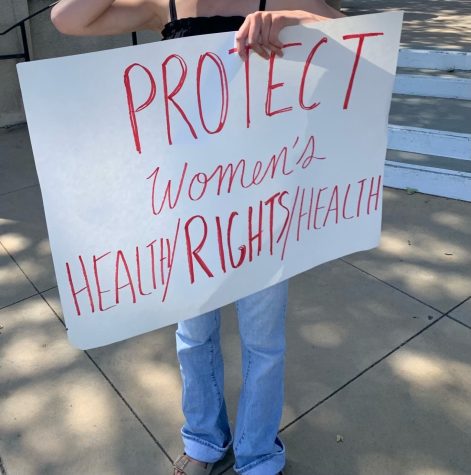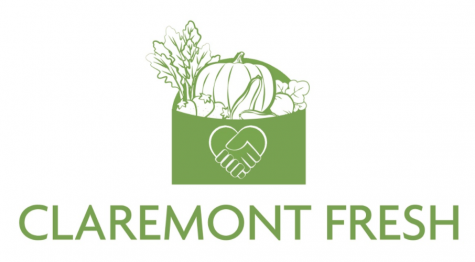In view of reports, is panic over the coronavirus necessary?
With the start of a new decade in 2020, many were wondering what the years ahead would bring. Just a few days into January, the internet was ablaze with discussions about a possible third World War over increased U.S. tensions with Iran. Towards the end of January, just as the remnants of that conversation were fading, a fresh topic of panic popped up. A new virus had been discovered in China, and was already spreading fast. It was named Novel Coronavirus, or 2019-nCoV, which comes from the corona of protein spikes that stick up from the envelope of the virus. In just a few days, the virus had already spread internationally, including to the U.S. There is still little information about the virus, except that it belongs to the same class of viruses as the deadly Middle East Respiratory Syndrome (MERS) and Severe Acute Respiratory Syndrome (SARS). However, early information has not indicated a severe risk to 2019-nCov.
There have been reported deaths from the coronavirus, but the alleged mortality rate coming out of China is only 4%. Most of those who died have been the elderly or people with other health problems, such as diabetes. For healthy persons in other age groups, it is likely the virus will not pose as serious of a threat. The Centers for Disease Control (CDC) reports that the range of symptoms is anywhere from little to none, to severely ill and dying. Considering that the deaths have occurred with individuals whose health is already weaker in some way, most people should be alright.
Another point to consider is that the majority of cases are in China. Most cases of transmission internationally are from travelers from China, usually from the virus’ birthplace: the city of Wuhan. After the outbreak became major news, many have been put under quarantine. Recently, the U.S. had 195 Americans evacuated from Wuhan and put under quarantine upon arrival in a Southern California military base. While there are some earlier travelers who slipped through the net before the coronavirus became major news, the chances for infection are still extremely low. Some medical officials have pointed out that other diseases like the flu are a bigger danger to Americans, but are ignored because of their common, annual status. The CDC’s risk assessment matches this.
“The risk to individuals is dependent on exposure,” the CDC said. “At this time, some people will have an increased risk of infection, for example healthcare workers caring for 2019-nCoV patients and other close contacts. For the general American public, who are unlikely to be exposed to this virus, the immediate health risk from 2019-nCoV is considered low.”
This has not stopped Americans from taking precautions they feel are necessary for their safety. Pharmacies have been swamped with mask sales, and some have reported selling out of masks already. Amazon sellers say deliveries will take weeks due to the high demand. This is despite the CDC recommendation that masks are not needed as of now. Masks actually do not help much in protecting healthy people. They are really designed to be worn by those who are infected so that the disease does not further spread to others. However, these masks, especially the sturdier N-95 masks, do help healthcare professionals who might have to deal with coronavirus patients. Dr. Anita Patel, a senior adviser at the CDC, reiterated that masks were not necessary for the general public.
“We see panic ordering and buying that doesn’t reflect the actual need,” Patel said. “We’re talking to manufacturers. They understand the situation, and I’m confident that they are being responsible. The healthcare industry is their biggest customer.”
Frequent hand-washing with an alcohol-based sanitizer, avoiding contact with the sick, and staying home when ill remain the suggested advice from the CDC. Hopefully the coming months see the epidemic of 2019-nCoV die down, along with the unnecessary panic.
Hello there! Our goal is to provide relavent, engaging journalism for readers of all ages. Your donation will support the student journalists of the Wolfpacket at Claremont High School, and will allow us to purchase equipment, print our monthly issues, and enter in journalism competitions. We appreciate your consideration!

Stephen Nazareth is a senior at Claremont High School and a first-year reporter at the Wolfpacket. He also manages the Wolfpacket website. In his free...















